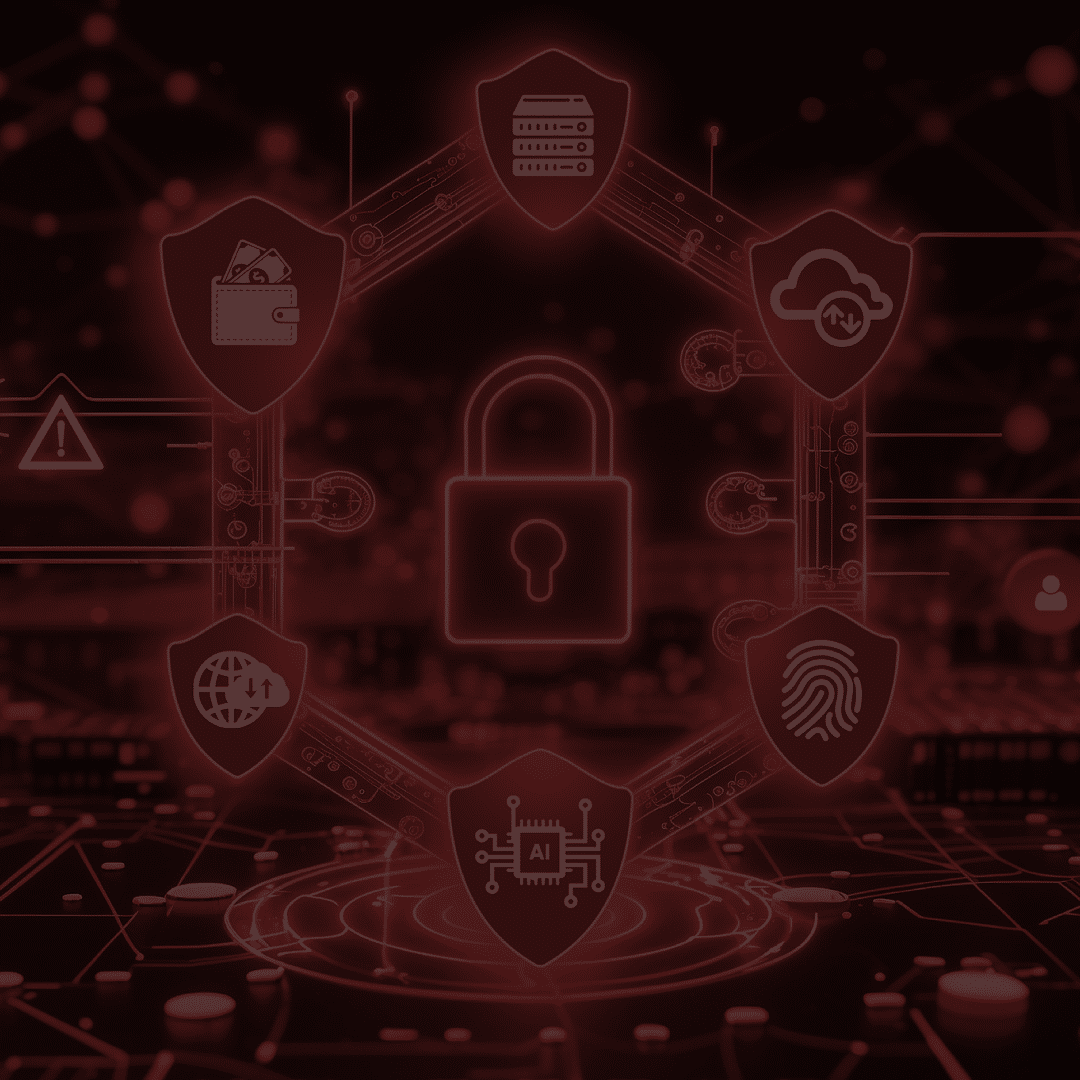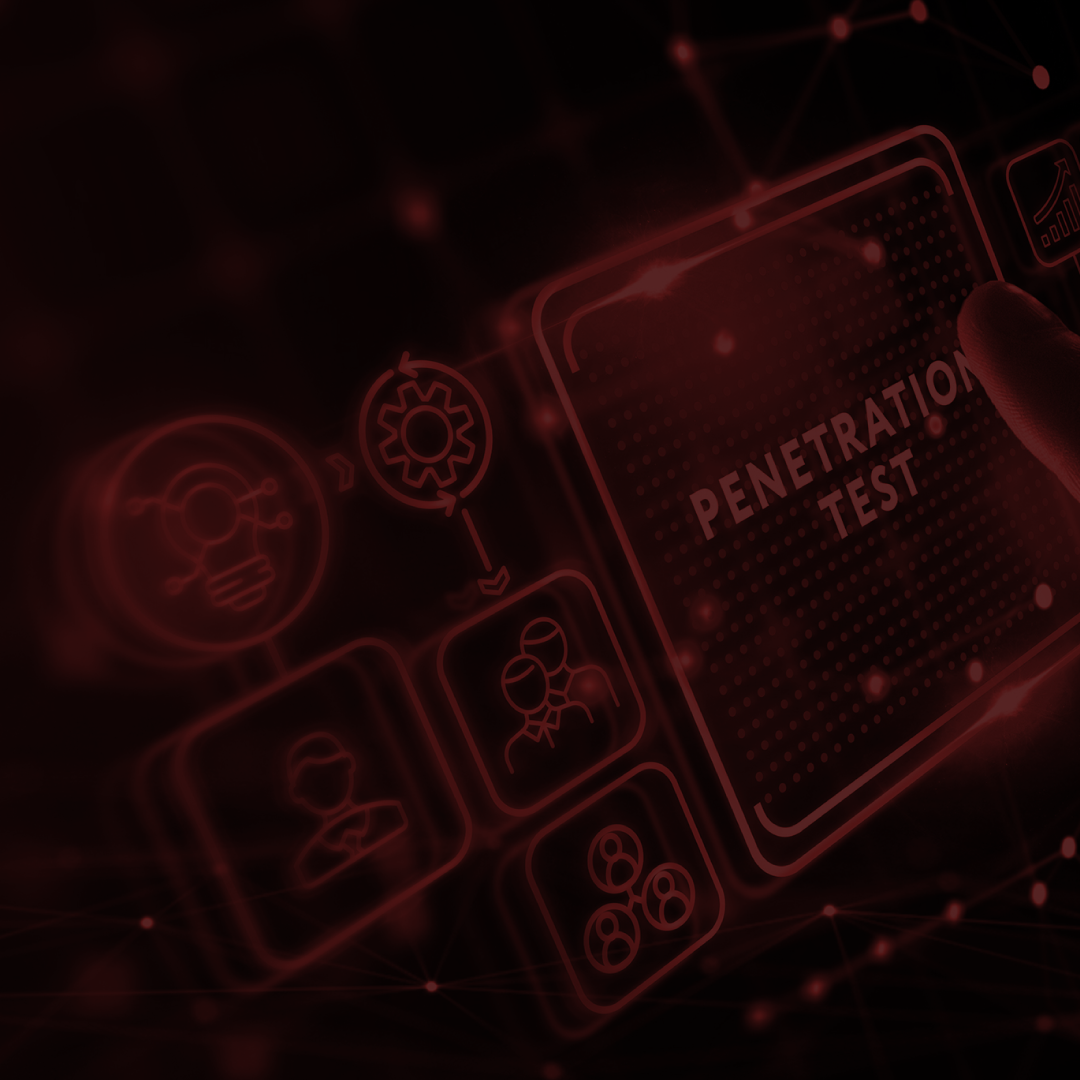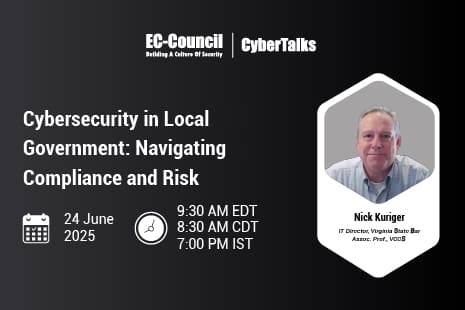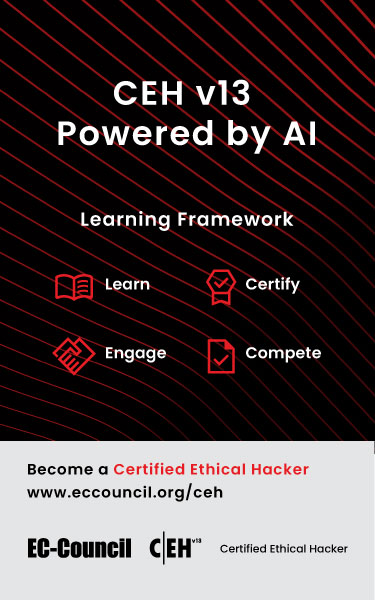Cloud computing is now an IT best practice for businesses of all sizes and industries. Thanks to the cloud, organizations can use a wide range of on-demand IT services delivered remotely over the internet without hosting or purchasing them internally.
Given the widespread adoption of cloud computing, it’s no surprise that the cloud is an appealing target for hackers. To bolster their defenses, companies must include their cloud computing resources as an integral part of their cybersecurity strategy.
That’s exactly where ethical hacking comes in. By scanning cloud computing environments for vulnerabilities, ethical hackers can help businesses patch any security flaws before an attacker can exploit them. In this article, we’ll discuss everything you need to know about ethical hacking in cloud computing, from the role of ethical hacking in cloud computing to various cloud hacking methodologies.
What Is Ethical Hacking in Cloud Computing?
Given the diversity of options available, it’s no surprise that cloud computing is now used by 98 percent of companies in some form or fashion (Flexera, 2020). But what is cloud computing in cybersecurity?
The cloud is often seen as more secure than its on-premises equivalent, but it has its share of cybersecurity problems. According to the 2021 Thales Global Cloud Security Study, 40 percent of businesses say they have suffered a cloud data breach in the past year alone (Henriquez, 2021). Given the rising number of cyberattacks on the cloud, businesses need trusted security experts who can help them fix flaws and close any holes through which attackers can enter their systems.
Ethical hacking, also known as white-hat hacking, involves detecting issues within an IT ecosystem through various hacking techniques. Most importantly, this is completed with the full awareness and consent of the target. In ethical hacking, cloud computing resources must be checked for security vulnerabilities, just like the rest of the IT environment.
When it comes to cloud computing, ethical hackers wear many hats. Broadly, the role of ethical hacking in cloud computing is to check for security vulnerabilities and weaknesses in an organization’s cloud infrastructure. Ethical hacking in cloud computing should cover the following concerns:
- Finding and fixing broken cloud authentication services
- Detecting the unintentional exposure of data and files
- Suggesting countermeasures against distributed denial-of-service (DDoS) attacks
- Protecting IT systems from ransomware, viruses, and other malware
What Are the Types of Cloud Computing?
There are many different types of cloud computing you can choose, depending on your needs. The first way to classify cloud services is in terms of their physical location:
- Public cloud: These cloud services are hosted and provisioned by a third-party vendor and available to the general public.
- Private cloud: These cloud services are available only for a single private customer. They may be hosted either internally or by a third-party vendor.
- Hybrid cloud: The customer uses multiple cloud services—for example, using general-purpose applications in the public cloud while storing sensitive data in a private cloud database.
Below are just a few examples of cloud computing offerings that ethical hackers should be familiar with:
- SaaS: Software as a service (SaaS) gives customers access to software applications, while the cloud provider is responsible for updates and maintenance. One common SaaS business use case is productivity software like Microsoft Office 365.
- PaaS: Platform as a service (PaaS) gives customers a platform for developing and running applications. Examples include Microsoft Azure Cloud Services and Google App Engine.
- IaaS: Infrastructure as a service (IaaS) gives customers access to hardware resources such as computing, memory, storage, and network. However, customers provide their own software to run on this infrastructure.
- Containers: Containers are lightweight, controlled packages that bundle software applications together with their libraries, dependencies, and settings so that the software runs predictably in different environments. Container technology, such as Docker and Kubernetes, is extremely popular.
- Serverless: Serverless computing enables developers to build and run applications without manually provisioning the necessary infrastructure. One example of serverless computing is FaaS (function as a service), which automatically executes a given piece of code when an event occurs.
Cloud computing may take multiple formats, depending on the technology required. Below are some examples of cloud computing setups:
- Fog computing: Fog computing (a pun on the “cloud”) extends cloud computing infrastructure by placing nodes in distributed locations, closer to the source of the data.
- Edge computing: Edge computing occurs even closer to physical data sources than fog computing, using so-called “edge devices” to perform much of the computation while offloading intensive tasks to the cloud.
- Grid computing: Grid computing links together multiple distributed computers in a “grid,” pooling their resources in service of a shared task.
6 Essential Cloud Hacking Methodologies
Now that we’ve answered the question, “What is cloud hacking?” we’ll dive deeper into cloud hacking methodology. Below are just a few examples of the types of attacks in cloud computing that ethical hackers should know about:
- Brute-force attacks: The simplest form of cloud hacking is a brute-force approach: testing different combinations of usernames and passwords. Once inside the system, adversaries can proceed to wreak havoc and exfiltrate data from the cloud as with any other attack.
- Phishing: Phishing is an alternative to brute-force attacks that attempts to steal user credentials by impersonating a trusted third party. Spear phishing is an even more sophisticated technique that targets a specific individual with a hand-crafted message.
- Credential stuffing: If employees at the organization reuse their usernames and passwords across multiple services, the business is at risk of a credential stuffing attack. Adversaries can go through lists of user credentials stolen from a previous attack to see if any of them are valid accounts on a different IT system.
- Exploiting misconfigurations: Without being careful, businesses can leave their cloud assets misconfigured and exposed to the outside world, allowing hackers to enter the network. The issues here may include using default credentials (i.e., not changing the administrator’s name or password), disabled security controls, and granting users too many permissions for their needs.
- Ransomware transfers: Ransomware can affect cloud storage services just as much as on-premises databases, often leaping from one to the other. For example, if businesses automatically sync local files to the cloud, then a ransomware attack infecting local systems would result in the cloud files being affected as well. The past few years have seen a surge in so-called “ransomcloud” attacks.
- Server-side request forgery: A server-side request forgery (SSRF) can occur when a web application fails to validate a URL provided by a malicious user. Attackers can supply a URL that tells the application to make a request or provide data that would otherwise be off-limits. SSRF attacks are growing in popularity among cloud hackers.
The Role of Ethical Hackers in the Cloud Computing Industry
Ethical hackers play a critical role in the cloud computing industry. As cyberattacks on cloud infrastructure continue to rise, ethical hacking ensures that businesses of all sizes and industries have the appropriate defenses in place.
When it comes to the question of cloud computing vs. ethical hacking for your career, the good news is that you can choose both. If a job in cloud hacking appeals to you, obtaining an ethical hacking certification is an ideal way to get a foothold in the industry while honing your in-demand cybersecurity skills.
EC-Council offers the Certified Ethical Hacker (C|EH) program, which has real-world training in the latest enterprise-grade ethical hacking tools, techniques, and methodologies. Click here to learn more about the contents of the C|EH curriculum and start down the path of becoming an ethical hacker.
References
Flexera. (2020, April 28). Flexera releases 2020 State of the Cloud Report. https://www.flexera.com/about-us/press-center/flexera-releases-2020-state-of-the-cloud-report
Henriquez, M. (2021, October 29). 40% of organizations have suffered a cloud-based data breach. Security. https://www.securitymagazine.com/articles/96412-40-of-organizations-have-suffered-a-cloud-based-data-breach
About the Author
David Tidmarsh is a programmer and writer. He’s worked as a software developer at MIT, has a B.A. in history from Yale, and is currently a graduate student in computer science at UT Austin.











